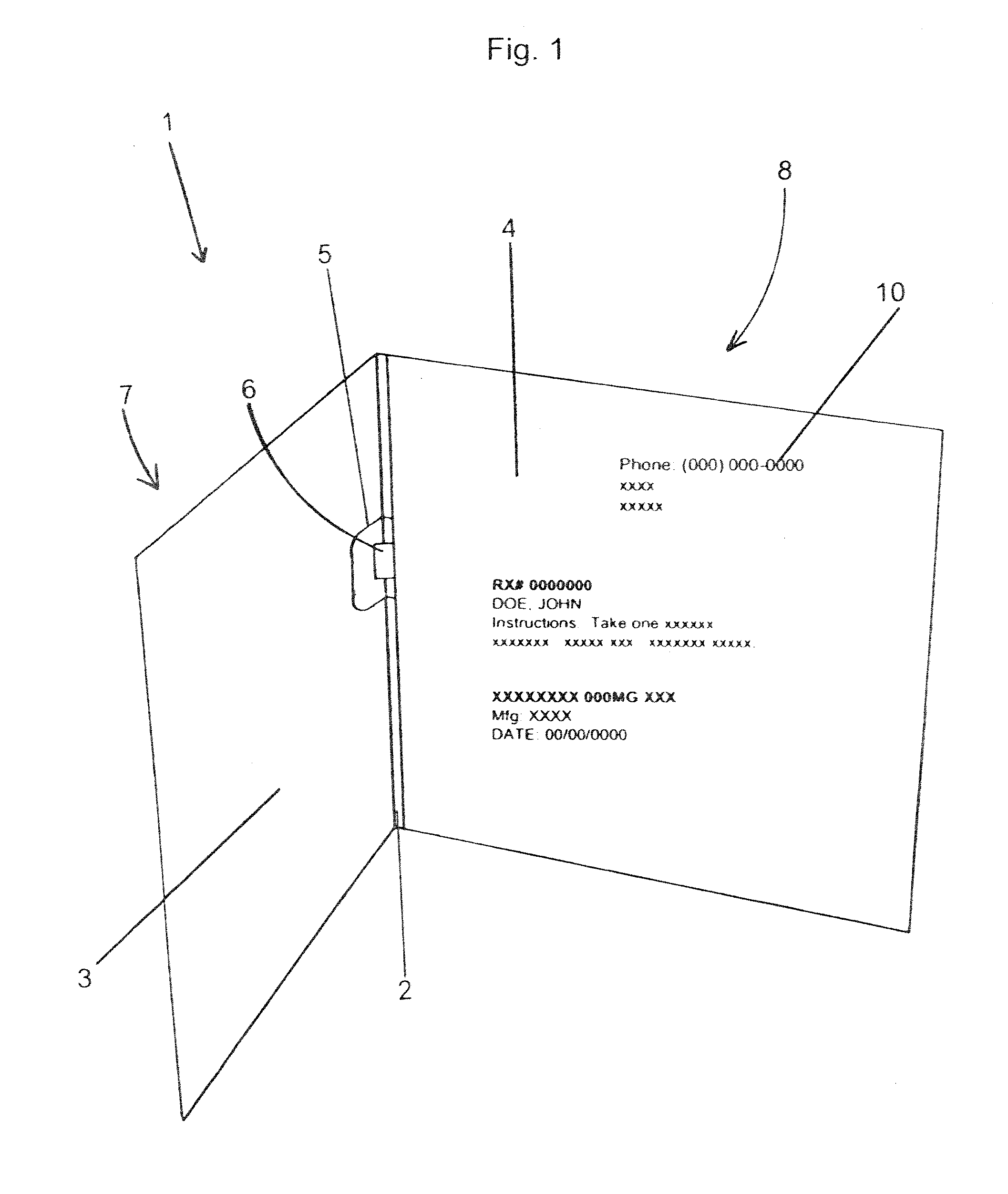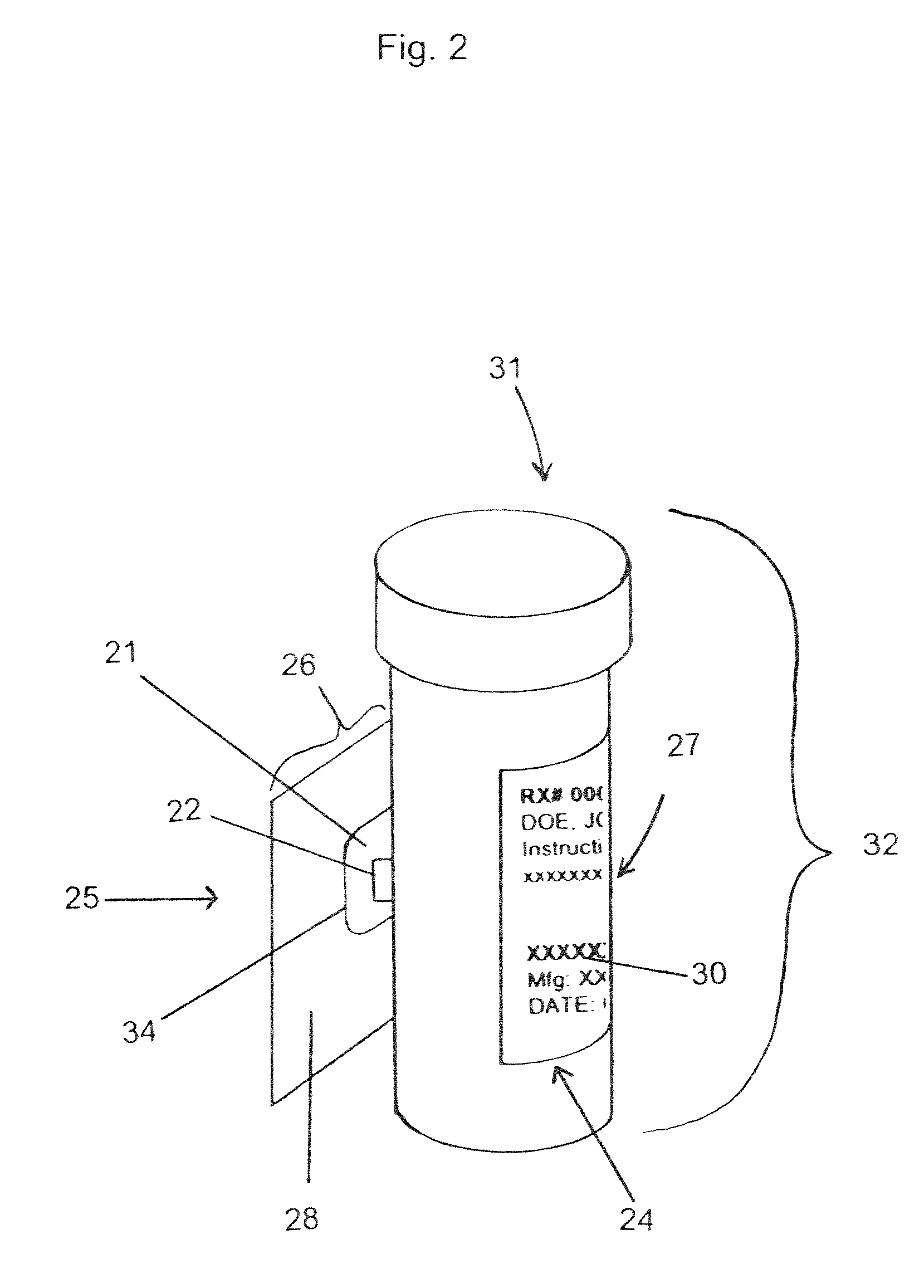Medical advice card having audio recording
a technology of medical advice and audio recording, which is applied in the direction of computer-aided medicine prescription/delivery, instruments, data processing applications, etc., to achieve the effects of improving clinical outcomes, advancing market presence, and enhancing patient satisfaction
- Summary
- Abstract
- Description
- Claims
- Application Information
AI Technical Summary
Benefits of technology
Problems solved by technology
Method used
Image
Examples
example 1
[0089]This example was designed to answer 3 specific research questions in order to assess the present invention. The 3 research questions were:[0090]1) Can control of a child's asthma symptoms be improved through the distribution of a recorded asthma instruction card at the health provider's office?[0091]2) Will primary caregivers of asthmatic children aged 5 to 13 years receiving a recorded asthma instruction card at the health provider's office be more activated in the care of their children's asthma than those receiving usual care?[0092]3) Will primary caregivers of asthmatic children aged 5 to 13 years be satisfied with the distribution and use of a recordable asthma instruction card?
Specific aims of this example are:[0093]1) To compare the mean difference in Asthma Control Test (ACT) scores for asthmatic children aged 5 to 13 years before and one month after receiving a recorded asthma instruction card to the mean difference in ACT scores for those receiving usual care.[0094]2...
PUM
 Login to View More
Login to View More Abstract
Description
Claims
Application Information
 Login to View More
Login to View More - R&D
- Intellectual Property
- Life Sciences
- Materials
- Tech Scout
- Unparalleled Data Quality
- Higher Quality Content
- 60% Fewer Hallucinations
Browse by: Latest US Patents, China's latest patents, Technical Efficacy Thesaurus, Application Domain, Technology Topic, Popular Technical Reports.
© 2025 PatSnap. All rights reserved.Legal|Privacy policy|Modern Slavery Act Transparency Statement|Sitemap|About US| Contact US: help@patsnap.com



